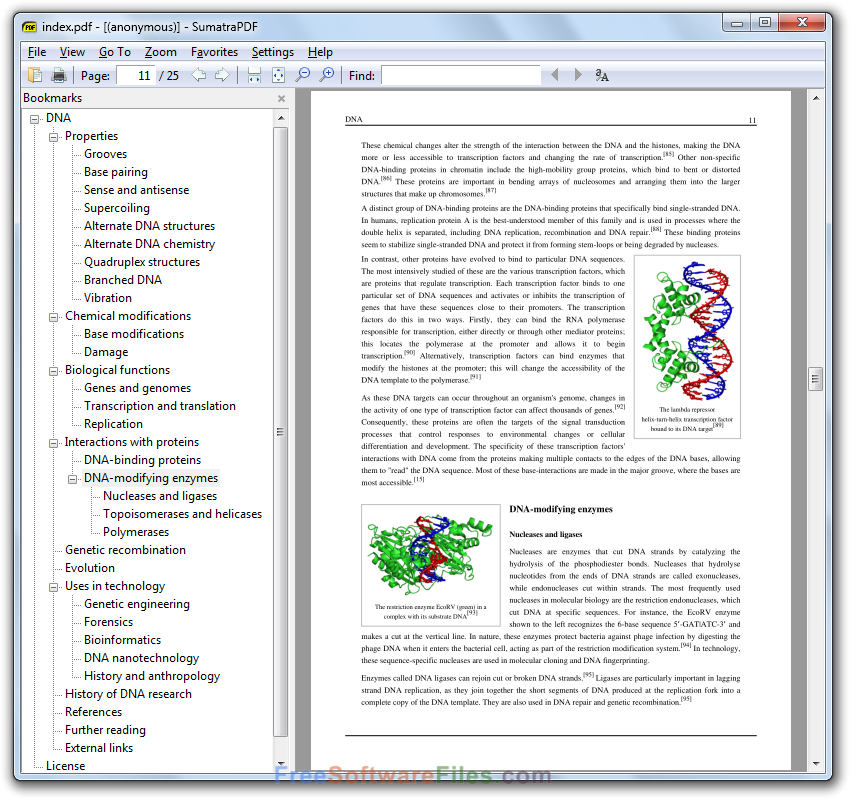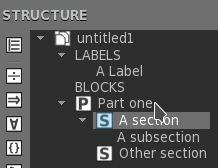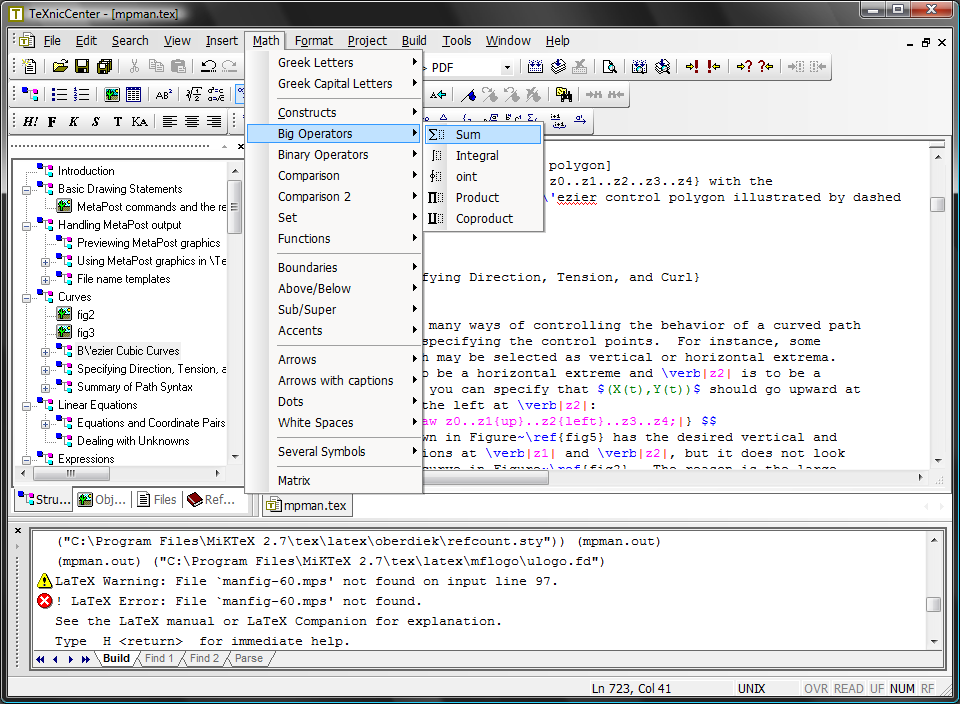

Hovering over the links in the index file shows the absolute path is stored rather than the relative path from the location of the index file and so the links break as the person will have another folder structure than the creator. However when the distribution is unpacked and the index PDF is opened by a person other than the creator the links don't work. The creator can correctly access the folders/documents via the "index" file. The distribution can then be sent, unpacked and all components accessed via the one index file. Select the text that you need to copy and paste into another file.

Now, choose the Tool option in the Adobe Reader.

After that, right-click with your mouse & select the Select Tool option from the pop-up menu. After downloading the PDF file, open it in Adobe Reader. Furthermore, you need an appropriate version of okular that supports synctex, e.g. Synctex can be enabled by extending the pdflatex command line by '-synctex1'. Before you can use it you need to enable synctex or pdfsync (predecessor of synctex) in your LaTeX editor. The idea is to create a complete distribution (one zip file holding the tree structure) with index file (in PDF), folders and documents in the various folders. At first, open the PDF file in your Internet browser and download the file. The inverse search in okular is initiated by pressing shift+leftmousebutton. It has several excellent features such as speed and safety. The index file sits in the "root" folder together with all the folders that hold the various documents. Google Chrome is now considered the best web browser in the world and is the preferred choice of internet users all over the world. We create an "index" file in Word that holds hyperlinks to folders on the local Windows file system.


 0 kommentar(er)
0 kommentar(er)
